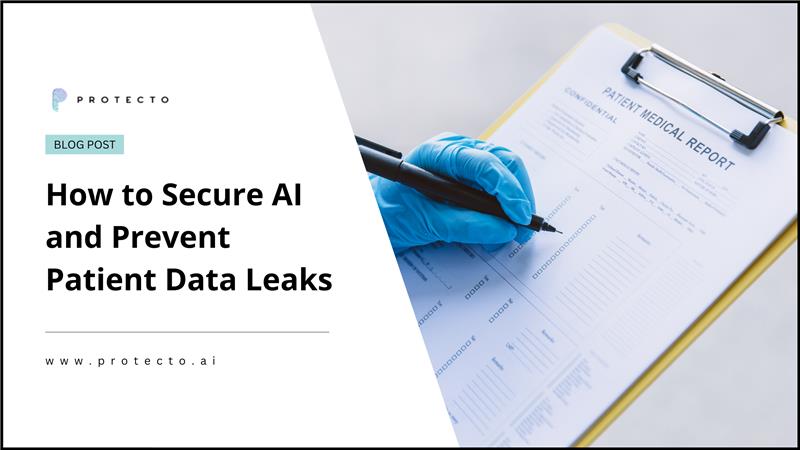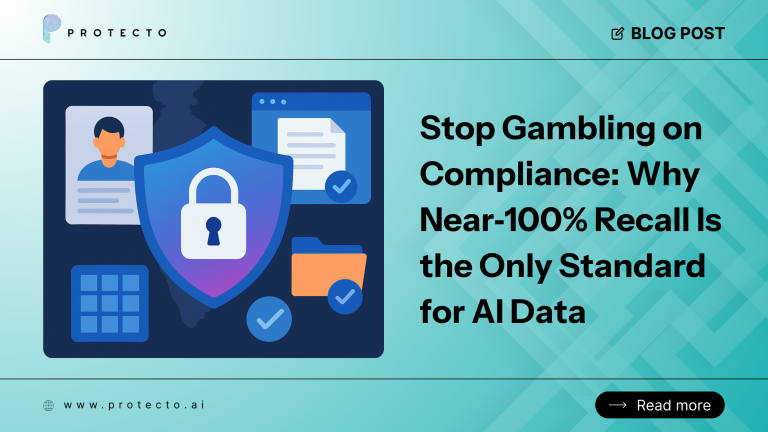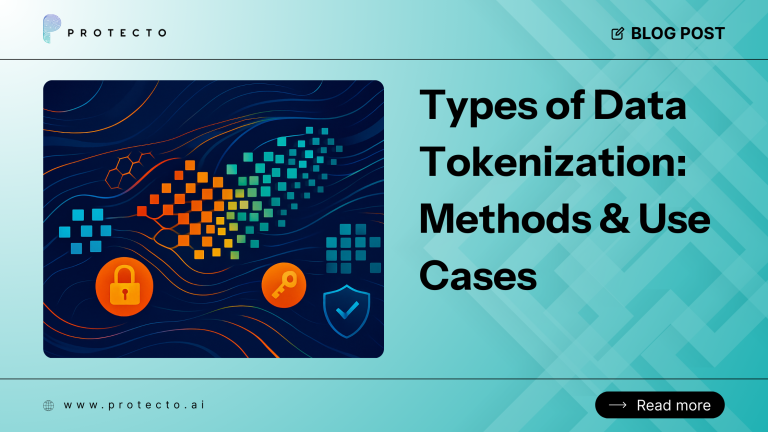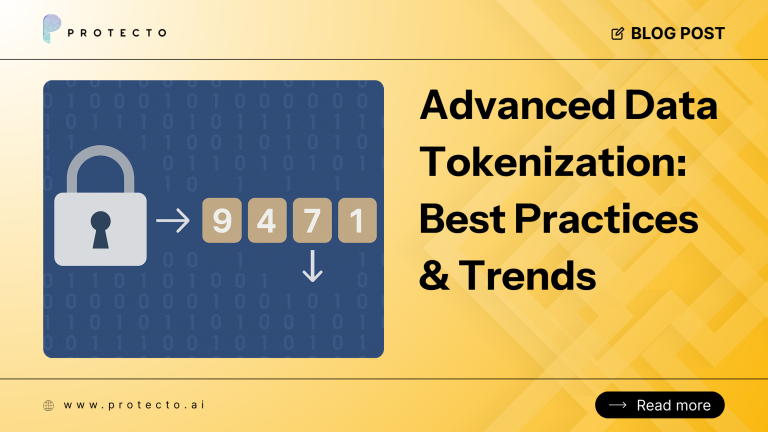The Problem: Why AI Poses Unique Data Security Challenges
AI systems bring transformative capabilities to industries like healthcare but introduce unique challenges in protecting patient data. Unlike traditional applications, AI systems rely on conversational interfaces and large datasets to train, test, and optimize performance, often including sensitive patient information.
AI systems pose complex risks to patient data privacy and AI data security that cannot be effectively managed using traditional methods. Protect patient data in AI systems requires addressing several key challenges:
Key Challenges in Protecting Patient Privacy and Data Security
- Unstructured and Varied Data Sources – Most of the input data is unstructured text, and many types of data are fed into the system. Since a variety of data sources and complex unstructured text is consumed, patient health information and identifiable information, such as names, addresses, and dates of birth, can seep into the system. Managing and masking such PII and PHI data is crucial to prevent leaks.
- Role-Based Access Control (RBAC) Limitations – RBAC frameworks are designed for traditional systems but fail in AI apps that dynamically retrieve and process data using natural language.
- RAG Pipelines are Dynamic – In Retrieval-Augmented Generation (RAG), data retrieval happens in real-time, making it difficult to predefine and enforce strict access controls, leading to vulnerabilities in sensitive data protection.
- Fine-Tuning and Testing Requirements – Developers often need access to input and output data for fine-tuning AI models, creating potential exposure to protected health information (PHI).
- Conversational UIs Are Hard to Control – AI systems with conversational UIscan inadvertently generate responses containing private data, creating additional vulnerabilities for patient data leaks and security.
Tips to Secure AI Systems and Prevent Patient Data Leaks
1. Mask PHI Data While Preserving Semantic Meaning
- De-identify Data Before Use: Mask personally identifiable information (PII) and protected health information (PHI) using tools like Protecto, to safeguard patient health information while ensuring compliance.
- Semantic Data Masking: Use masking techniques that preserve the semantic structure of data, ensuring AI models can still interpret and process information effectively while safeguarding patient data privacy.
2. Restrict Data Access
- Provide Masked Data by Default: Ensure all developers and validators work with masked datasets.
- Granular Unmasking Permissions: Grant access to unmask sensitive data exclusively to authorized users based on their specific tasks and requirements.
- Auditable Access Logs: Maintain comprehensive logs for tracking sensitive data protection.
3. Implement AI Guardrails
- Keyword and Topic Filtering: Prevent AI systems from generating responses containing protected patient health information, related to prohibited topics like medical or financial recommendations unless explicitly authorized.
- Dynamic Response Blocking: Use automated filters to block responses containing sensitive or inappropriate keywords.
- Output Validation: Flag risky outputs for human review, ensuring adherence to patient data security protocols before deployment.
4. Monitor and Audit Prompt Activity
- Malicious Prompt Detection: Deploy systems to monitor prompts for attempts to jailbreak AI models or extract confidential and protected patient data.
- Audit Prompt Logs: Regularly review prompt logs to identify patterns indicating misuse or vulnerabilities.
5. Add user feedback mechanisms
- Provide an intuitive way for users to report issues, unexpected behaviors, and potential vulnerabilities. Aggregate this data to identify patterns and improve security measures. Implement dashboards for administrators to review feedback and track issues in real-time.
6. Consider Privacy-Aware Architectures
- Federated Learning: Train AI models without centralized data storage to reduce breach risks.
- Differential Privacy: Incorporate differential privacy techniques to add noise to data and prevent re-identification, and enhance patient data privacy while preserving utility.
Final Thoughts
Securing AI systems against patient data leaks requires a multi-layered approach. Key strategies include masking sensitive data, enforcing strict access controls, implementing AI guardrails, monitoring prompts, and leveraging privacy-aware architectures. Protecto’s advanced PHI data masking solutions offer a robust foundation for building HIPAA-compliant secure AI systems that excel in patient data security and performance.
Whether you’re working with RAG pipelines or conversational interfaces, safeguarding sensitive patient information is not optional—it’s the cornerstone of ethical and effective AI in healthcare.




